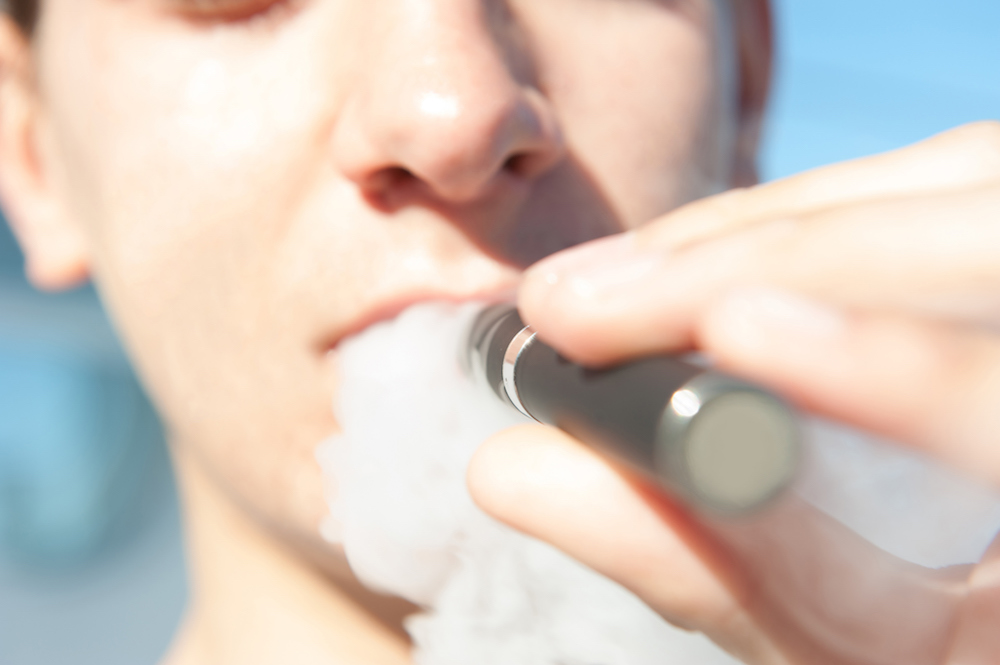
Image Source
In a recent blog, I addressed the rapidly increasing popularity of e-cigarette devices (and other electronic nicotine delivery systems) and criticized the companies behind them for boasting modern designs, tempting flavors and a false perception of safety to addict a new generation of smokers.
This false perception of safety often thrives through the many myths and unsubstantiated claims surrounding e-cigarettes. Let’s debunk a few of them below.
MYTH: Using e-cigarettes will help you quit smoking traditional cigarettes.
FACT: More cigarette smokers who don’t use e-cigarettes stop smoking that those who do use them.
MYTH: E-cigarettes and other electronic nicotine delivery systems are safe.
FACT: This may be the most common false claim spewed by e-cigarette companies and their devoted users. E-cigarettes are far from harmless. They contain many toxic and carcinogenic chemicals, and their heating processes often add harmful chemicals, too. E-cigarette casings and solders shed metallic nanoparticles, such as nickel, tin and lead, which are all damaging to the lungs. Many of the flavoring chemicals used in these devices are known to be harmful when inhaled, and some can even melt plastic. The main vehicle of these devices, typically propylene glycol or glycerin, can be harmful when inhaled repeatedly. The emissions from e-cigarettes can trigger coughing and asthma problems. Lab animal studies also suggest the nicotine in e-cigarettes, when inhaled, can cause a particular type of lung damage called emphysema. But with or without nicotine, e-cigarettes are harmful. There’s nothing in them known to be safe to inhale.
MYTH: Children aren’t using e-cigarettes.
FACT: E-cigarette usage has skyrocketed amongst middle and high school age students, and these devices are addicting a new generation to nicotine. JUUL is an e-cigarette company with a popular rechargeable product that resembles a USB flash drive. It’s so discrete that many students are using them at school – even in class. Fruit and candy flavors make these devices even more appealing to adolescents. According to studies, youth who use e-cigarettes are much more likely to go on to use other forms of tobacco, like cigarettes and cigars.
What can I do as a parent?
- Set a good example for your child. Be a non-smoker, and don’t use e-cigarettes, vape pens or a JUUL. Tobacco and nicotine dependence are treatable. There are effective medications available to help you stop smoking – and stop using e-cigarettes. Talk to your doctor or call 1-800-QUIT-NOW or 1-877-YES-QUIT for free help in stopping. Additional information and assistance are available at www.smokefree.gov.
- Talk with your child – as soon as they can understand. Let them know how dangerous these products are, and how addictive nicotine is.
- Talk with your politicians – your representatives and congressmen. Tell them how strongly you feel about e-cigarettes and their impact on our youth. Let the FDA’s Center for Tobacco Products know how important the regulation of these products is to your community.